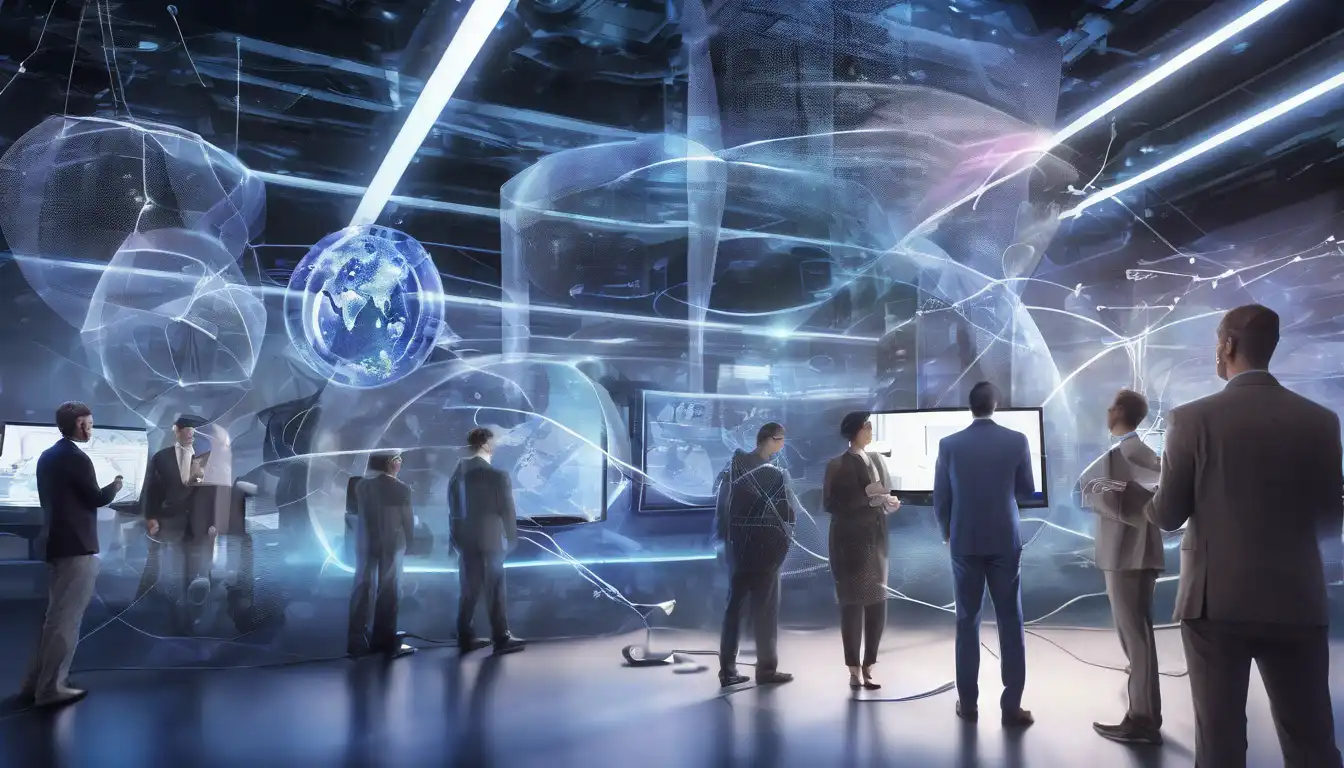Introduction to 5G Networking
The advent of 5G technology is set to revolutionize the way we think about networking and connectivity. With its unparalleled speed, reduced latency, and increased capacity, 5G is paving the way for a future where digital and physical worlds merge seamlessly. This article explores the transformative potential of 5G in networking and how it will shape our digital future.
Unprecedented Speed and Efficiency
One of the most significant advantages of 5G is its speed. Offering speeds up to 100 times faster than 4G, 5G enables instant access to cloud services, ultra-high-definition video streaming, and real-time data transfer. This leap in speed and efficiency is not just about faster internet; it's about enabling new technologies and services that were previously unimaginable.
Reduced Latency: A Game Changer
Latency, or the delay before a transfer of data begins following an instruction, is drastically reduced with 5G. This near-instantaneous communication opens up possibilities for remote surgery, autonomous vehicles, and immersive augmented reality experiences, making it a cornerstone for future technological advancements.
Enhanced Capacity for a Connected World
5G's increased capacity means more devices can connect simultaneously without compromising performance. This is crucial for the Internet of Things (IoT), where billions of devices are expected to communicate with each other, creating a fully interconnected world.
The Role of 5G in Future Networking
As we move towards a more connected future, 5G will play a pivotal role in shaping networking technologies. From smart cities to telemedicine, the applications of 5G are vast and varied. Here are some key areas where 5G will make an impact:
- Smart Cities: 5G will enable cities to become more efficient and sustainable through smart traffic systems, energy management, and public safety enhancements.
- Telemedicine: With 5G, healthcare professionals can perform remote diagnostics and surgeries, making healthcare more accessible.
- Autonomous Vehicles: The low latency and high speed of 5G are essential for the real-time communication required by self-driving cars.
- Augmented and Virtual Reality: 5G will take AR and VR to new heights, offering immersive experiences for entertainment, education, and more.
Challenges and Considerations
Despite its potential, the rollout of 5G comes with challenges. Infrastructure requirements, security concerns, and the digital divide are significant hurdles that need to be addressed to fully realize the benefits of 5G networking.
Conclusion
The future of networking with 5G is bright, with the potential to transform industries and improve lives. As we stand on the brink of this technological revolution, it's clear that 5G will be the backbone of future digital innovations. The journey towards a fully connected world is just beginning, and 5G is leading the way.
